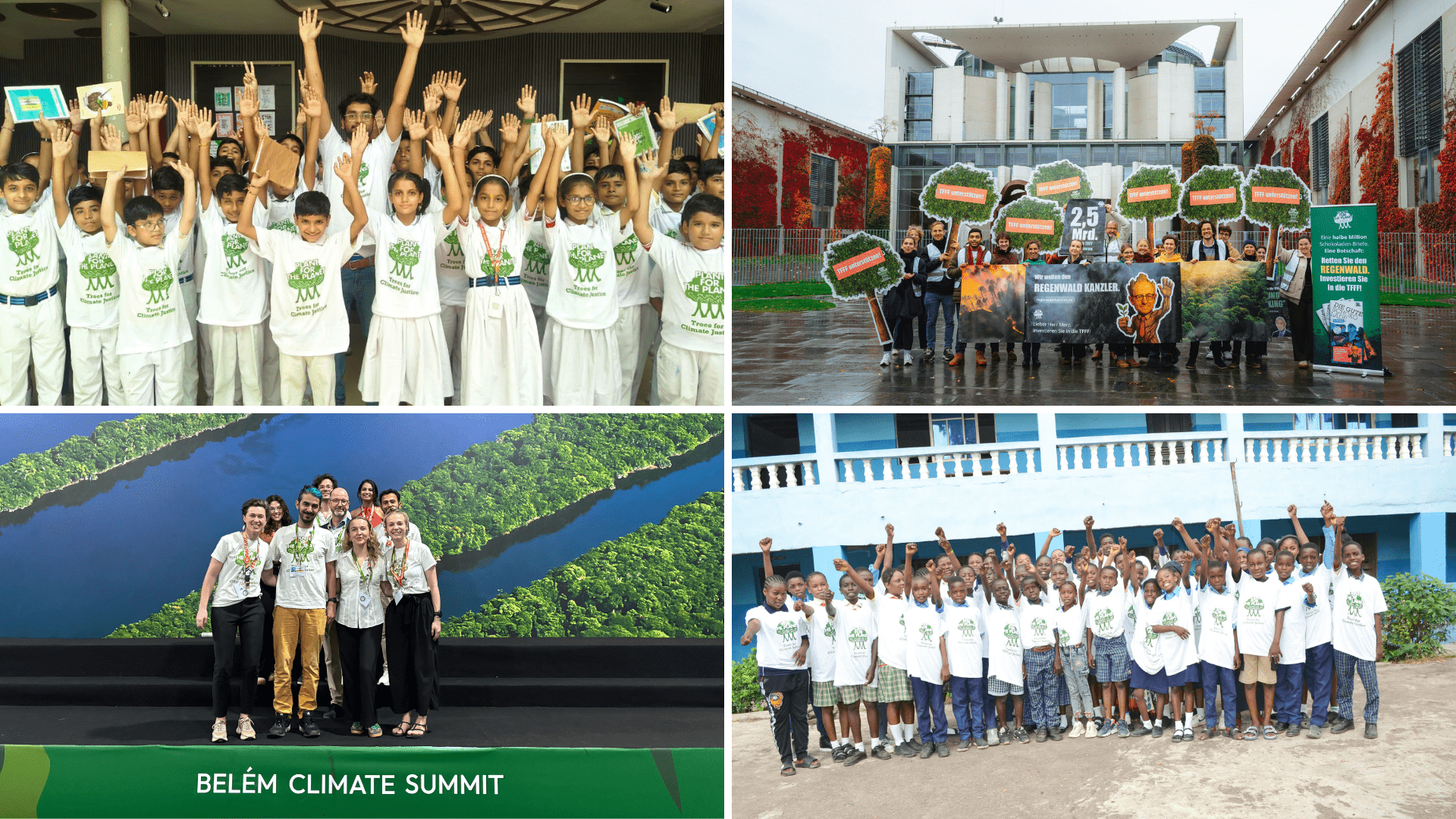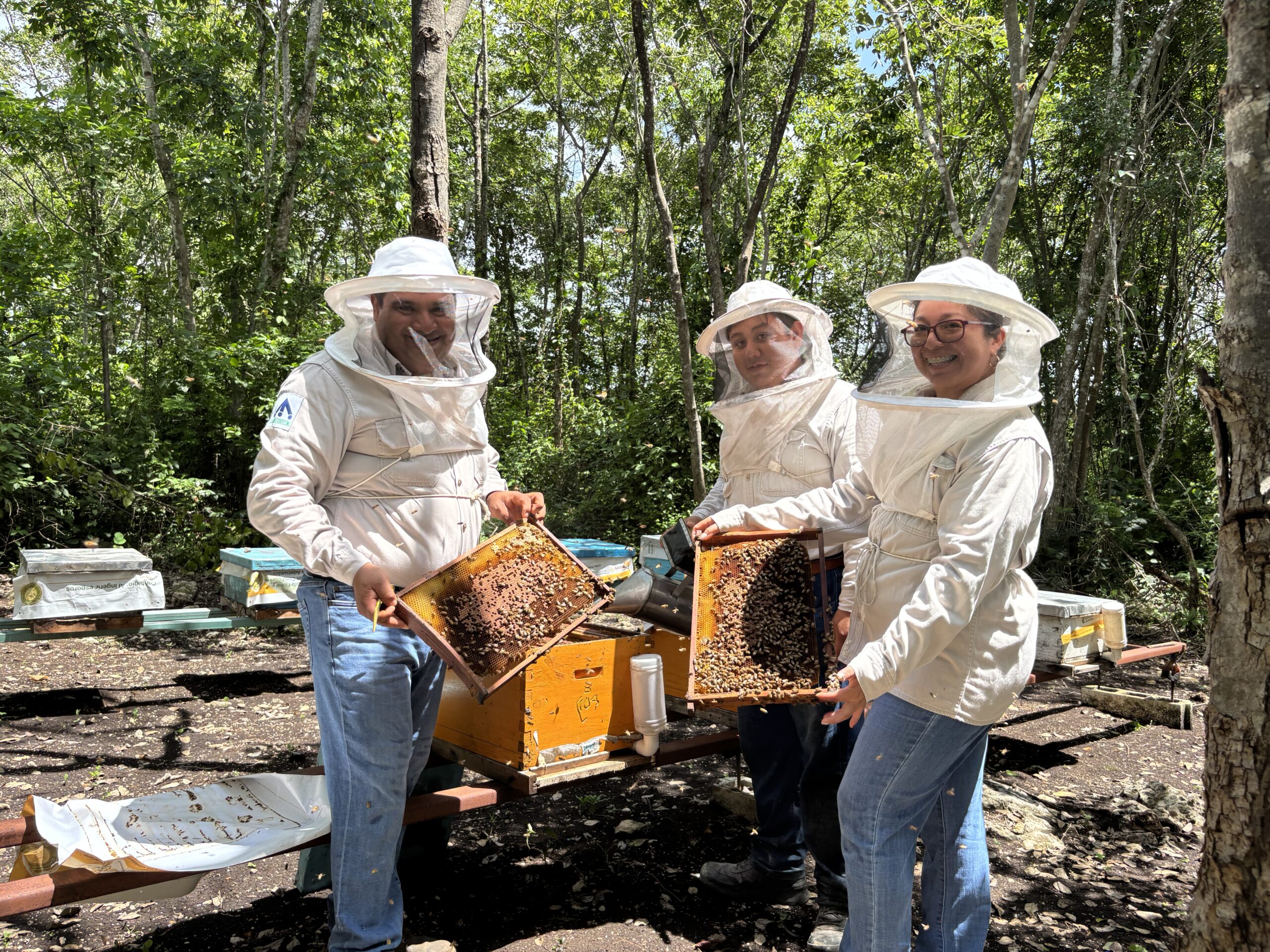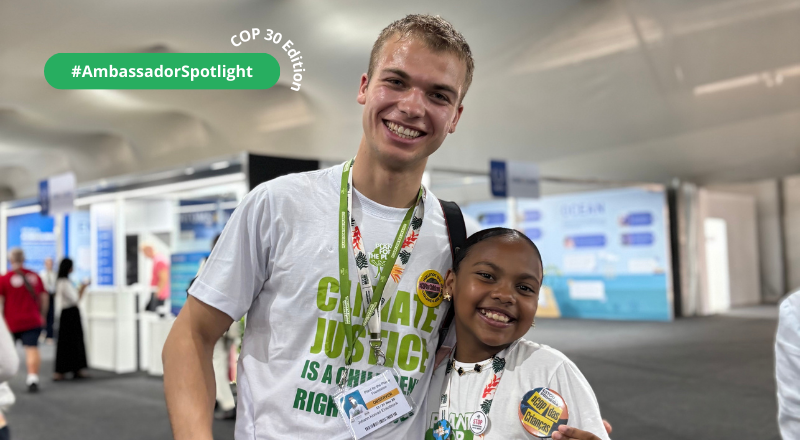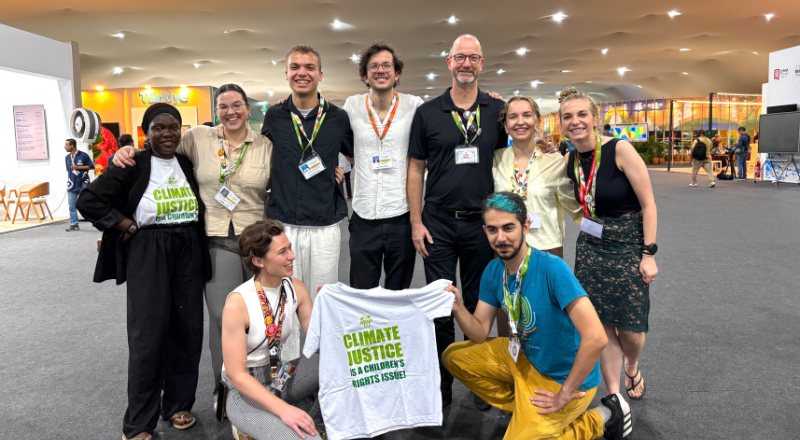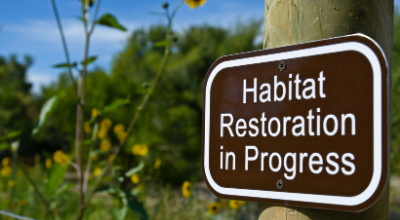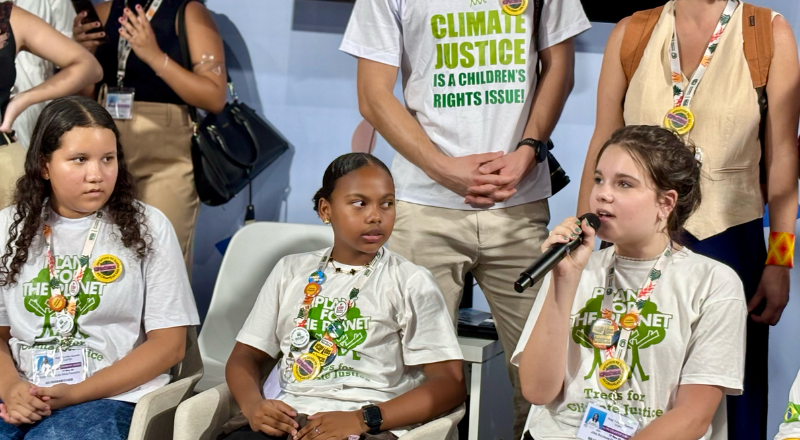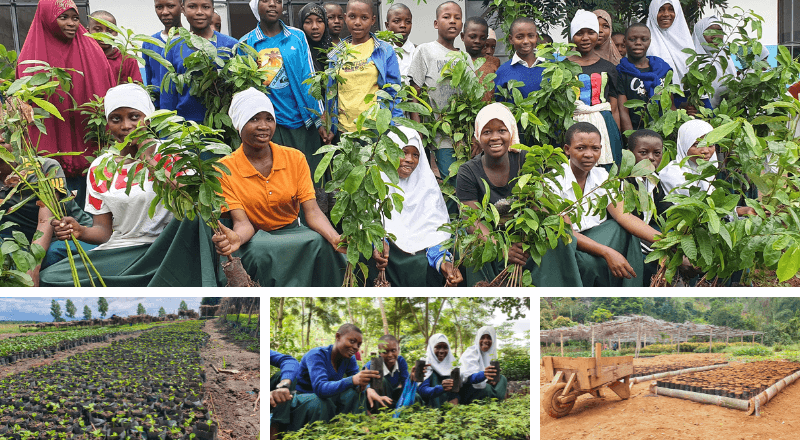
In Tanzania, addressing extreme poverty is a big motivation driving reforestation and agroforestry practices. Khalifa Mganga is the head of planting at Forest Focus, an East African non-governmental organization founded in August 2020, following five years of research on forestry and agriculture, where he oversees and engages in the planning and supervision of all tree planting and communication tasks.

Their main goal is to address extreme poverty in the countryside villages and thus contributing to the loss of biodiversity. We spoke to Khalifa about their work recently and about the future plans of the project.
With the idea to give everybody a better understanding, we share here some excerpts from the interview.
Grafting and Budding Techniques are Crucial
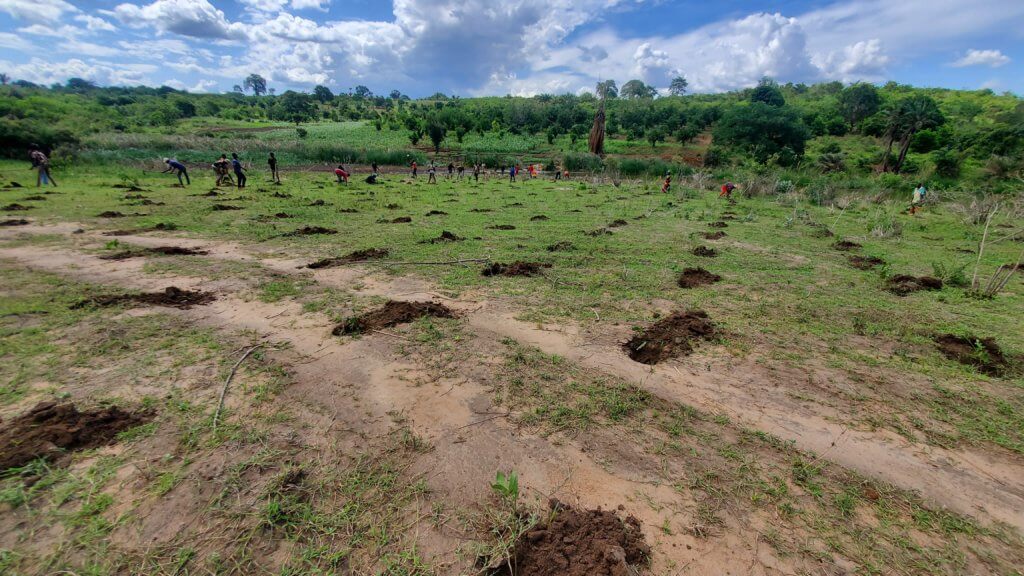
The project intends to raise a total of 8 million trees. Native trees are from well-studied 72 native tree species to restore lost biodiversity and stabilize species richness in the 16 badly scratched forest parts. 10% of the indigenous trees are “key stones”, especially the figs planted in watersheds and water source areas including invaded banks of the Pangani river. This river degradation threatens not only depth and size but also the aquatic ecosystem along the Pangani river valley and access to clean water by a population of more than 270 thousand residents. 30% remaining trees are agroforestry and grafted fruit trees are freely offered to peasants to cut down overdependence on forest reserves. Since the region was once a fruit and spices business hub, now several fruits and spice trees are incorporated into the project, hoping to provide food, income, soil revitalization advantages, and ecological benefits which will combat the two sister challenges at once.
By applying techniques such as grafting and budding, the fruit trees provide fruits in the first three to four years of planting. We believe this to be the quickest measure rather than planting timber or just wood-limited use trees on farms. The trees are planted with other resilient food crops to cut down rainfall over dependency culture which has recently incubated much more poverty and deforestation. Other techniques employed include compost making to restore and maintain soil fertility, this form of organic fertilizer (Compost) is cheaply and easily made with easy-to-access materials such as ash, paper trashes, dry leaves, green leaves, animal bones, charcoal, coffee grounds, and water. It has proven to be far better than cow dung manure which normally increases weeding reactions on farms with undigested seeds within. Neem trees (Azadirachta indica) provide an organic occurring pesticide useful to stop bugs in farms and gardens. Peasants learn all these techniques through the training we conduct in the project.
Motivated by Extreme Poverty
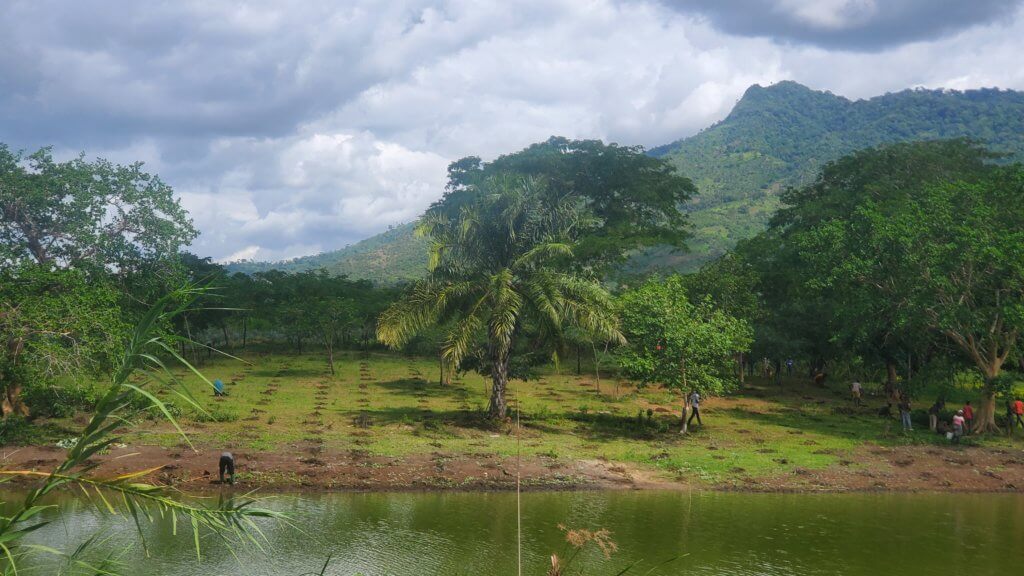
The main reason for the “Plant to Stop Poverty” (PSP) project implementation is the prevailing poverty and its association with environmental degradation among most of the rural communities of Tanzania, especially the coastal belt. The motive behind PSP is carried by a finding that wherever extreme poverty is observed, environmental destruction, specifically deforestation, shoots to unbearable rates. Researchers in the region conclude that extreme poverty and hunger have ignited notable ecological damage in this larger portion of the 23rd World Biodiversity Hotspot. Therefore, to achieve proper restoration and conservation, poverty and deforestation issues should be addressed simultaneously.
More Profitable Fruits and Addressing Deforestation
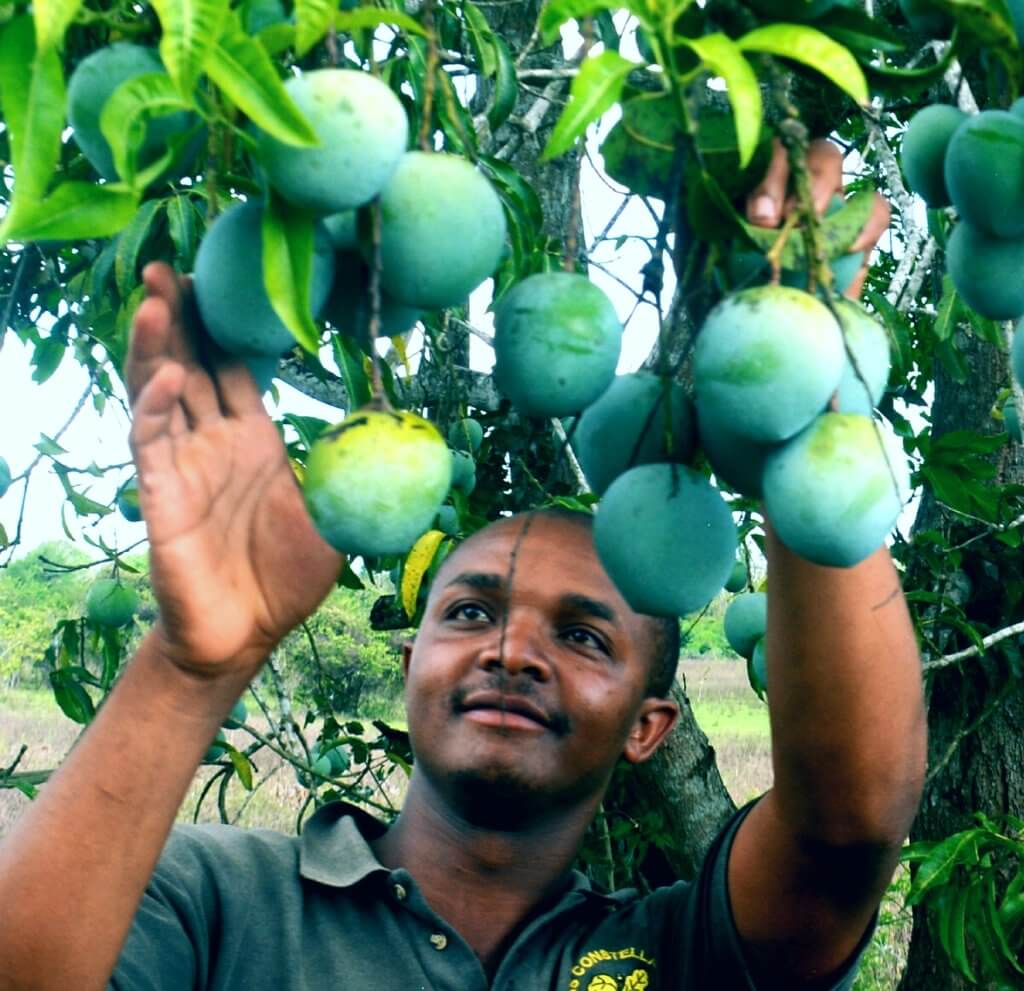
In the last 36 months, we managed to plant 453,230 trees in the villages of Korogwe, Handeni, Muheza, and Mkinga districts. 317,261 trees included fig families planted along 36 km of the Pangani river to restrict river bank erosion and parts of natural forests affected by illegal logging and charcoal making. The remaining 135,969 were agroforestry trees which included fruits, nuts, and spice trees distributed to communities living adjacent to these planting sites. These grafted and budded agroforest trees are expected to provide a productive buffer zone between the restored natural forest and the farming areas associated with fire outbreaks and villagers seeking wood and charcoal to sell. In this approach, villagers are quickly stopped from deforestation practices by being provided with more paying fruits and nut ventures through trees hence sustainable protection of nature and forest reserves. The main challenge we encounter is over flocking requests for more trees against our current resources.
Discovering the Plant-for-the-Planet Platform
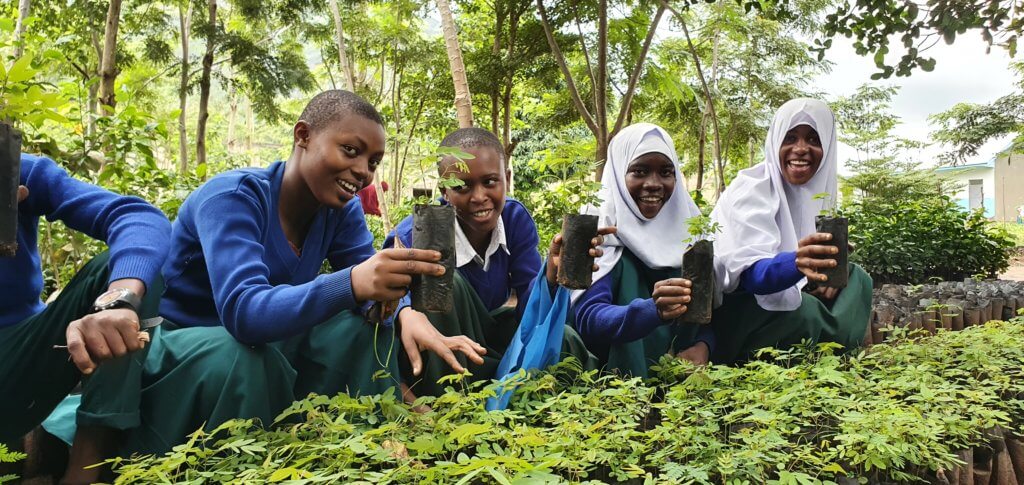
In personal attempts to search and learn from tree planting entities I came across the website of Plant-for-the-Planet, which is well known in terms tree planting and ecosystem restoration. Its impressive reputation in Tanzania and East Africa, in general, attracted Forest Focus to be a part of the huge movement.
The Plant-for-the-Planet web app is the simplest, user-friendly, and reliable tree planting platform. Transparency from how funds are collected to disbursement feels like resolving climate crisis with one’s fingertip. A collection of projects of various scales from different angles of the world makes the platform more competitive and educational through interactions.
What Happens to your Donation…
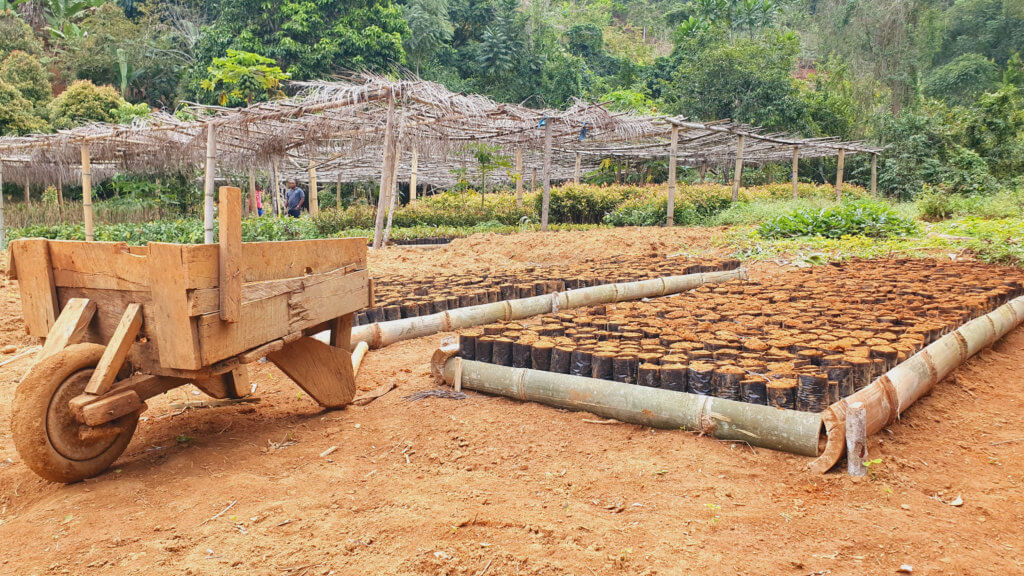
40 to 60 percent of the budget is normally consumed during tree rising and care in tree nurseries. After the final planting, sites survey and mapping planting technicians and project supervisors from Forest Focus visit communities adjacent for awareness creation and project introduction. This goes with conducting meetings and seminars in villages. The number of people to be involved and other necessary information are communicated in these gatherings. The very first exercise when planting in natural forests or river banks is strips making (slashing a two-meter wide Streep from one point to the end of the site) and holes digging. Holes are dug either a few days before rain, at least four to five days, or in the early days. Round holes have to measure a foot deep and diameter to be able to keep enough moisture for the new plants to survive during dry seasons. The commonest spacing options between the trees are either 3m X 3m requiring 960 trees per hectare or 2.5m X 2.5m which makes a total of 1111 trees per hectare, since we wish to have a good species richness in the site then the second parameter is considered.
When the sites are ready for planting, saplings are sorted, counted, and transported to the exact site. When unloading from the vehicles damage assessment and recounting are also made. Planters are closely supervised not to rush the exercise since any damage to roots, stems or leaves may affect the optimal plant growth and eventually the survival rate. While planting, the wrapping polythene pieces (usually a plastic material) are cut off the soil and then recycled or destroyed at the end of the planting exercise.
Covering soil is gently pressed around the lower part of the stem to reduce soil air accumulated which has roots decaying implications. Two to three inches of the upper part of the hole is left uncovered to easily trap some running rainwater which sinks for later plant uses.
The pattern in agroforests and farmlands is normally dictated by land sizes, tree purpose, surviving crop intensity, and farmers’ interests. The commonest spacing is either 6m X 6m or 7m X 7m for fruit trees and a few centimeters apart for green fence trees.
Working with Women, Students, and Volunteers
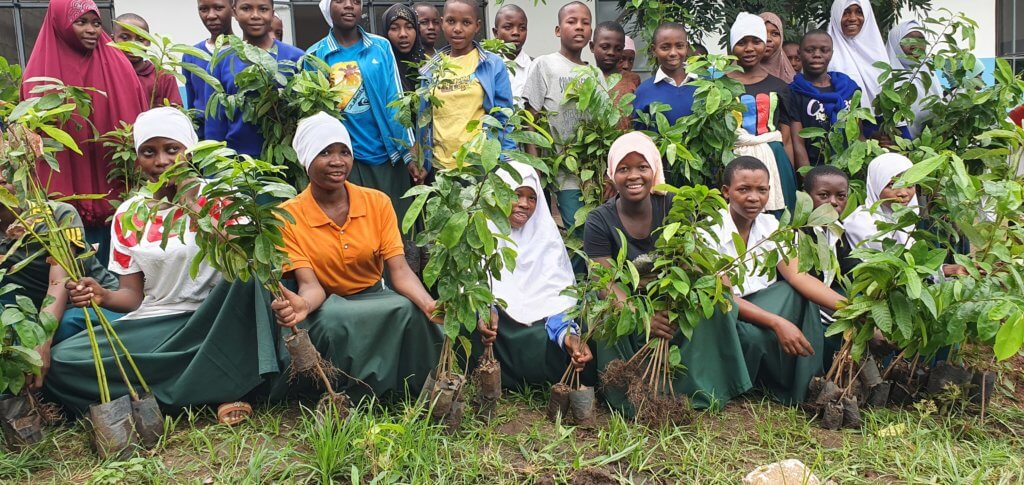
PSP is a community-designed project that tries to tailor disadvantaged groups into a productive, efficient workforce to fight existing social stereotypes and economic inferiority. In these evolving societies, single parents, women, and widows suffer to provide for their families. We are attempting to help PSP recruit some of them to work in various fields. Currently, there are 30 women working in the tree nurseries and other fields of this project. We recently receive and work with students from local universities such as Sokoine University of Agriculture (SUA) and the University of Dar es Salaam (UDSM) to practice skills and knowledge of their professional careers in these planting sites through our mode of operation. In PSP specifically, there are six of these volunteers gathering experience on how things work.
Choosing Tree Species
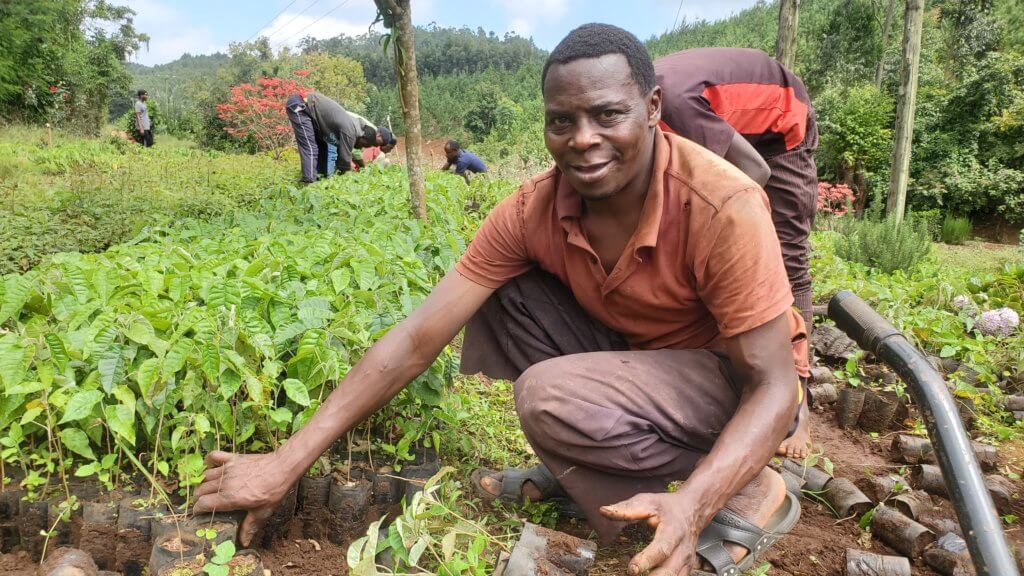
The common system to just plant any native trees attempting to restore lost forest patches has somehow resulted in refurbished ecosystems leading to stagnated species richness. A good example is Maesopsis eminii, a tree species planted as a “nursing” (A quick-growing tree species intended to bring back a lost forest) plant in Amani Nature Reserve. A tree was recently realized to be powerful enough to outrange and stamp down the growth and existence of other tree species. This necessitated immediate reactions by stakeholders to rescue the reserve. Likewise, to most peasants in Tanzania, some trees they plant are frequently decided by their local suppliers who often point at tree production cost as a deciding factor. Considering population growth vs available productive land, careless planting of any wood in farming areas would squeeze sizes for productive lands which will intensify poverty and grievances back to the same protected areas. To avoid any of the above PSP carefully selects natural species originating from the same geological land planting exercise that has to take place. This is managed by studying local vegetation literature and conducting simple needs analysis where conclusions tend to be keys to species and planting decisions.
Being Part of the Trillion Tree Campaign
I see the campaign as a huge mobilization vehicle that ships tree planting entities of various scales to dream conservation goals. Perhaps with increased user coverage, the globe will soon become greener, safe, and friendly for everyone.
You Can Make a Difference
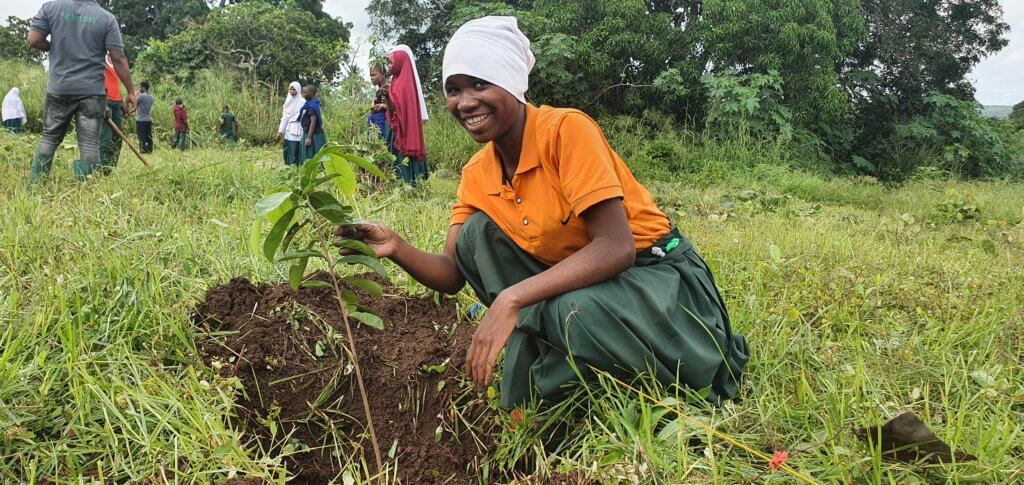
Plant to Stop Poverty project stands for nature and people philosophy, believing that true nature protection can only be achieved when adjacent communities realize that they can make it with the right trees on their own without compromising areas with higher ecological importance.
Visit Forest Focus to learn more.
